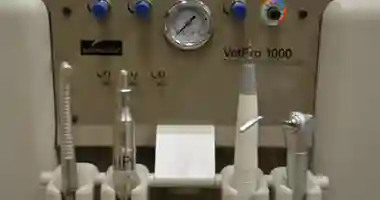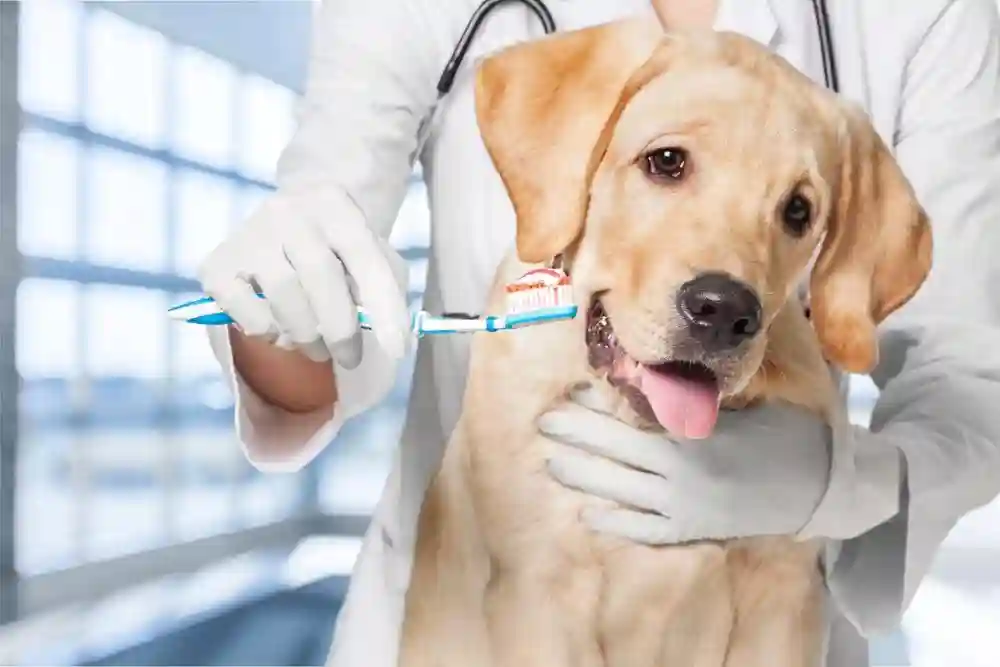Pet Dental Care in Brampton
Pet Dental Care Brampton
Why you Need pet dental care brampton
Dental hygiene is one of the most important yet most overlooked aspects of our pets’ health and well-being. Dental disease is much more than just bad breath. Aside from constant lingering pain and inflammation, dental disease can have severe adverse effects on vital organs such as the liver, kidneys, and heart. Bacteria from diseased teeth can enter the bloodstream and end up thriving in internal organs. In the heart, they can cause inflammation and infection of the heart valves, causing permanent scarring and resulting in heart murmurs. We have developed a thorough pet dental care brampton plan as recommended by board-certified veterinary dentists that is often coined a COHAT – Complete Oral Health Assessment and Treatment.
When managing dental care in our pets, there are a few conflicts and complications that require a thorough plan of detection and treatment. Firstly, dogs and cats frequently do not show us outward signs of pain or discomfort, particularly dental pain. Signs are often very subtle and can include a refusal to chew food or shifting food to non-painful parts of the mouth. Second, it is impossible – and we would like to emphasize impossible – to accurately detect and treat dental disease without general anesthesia in our pets.


Pet Dental Health & Disease
The detection of dental disease involves performing full-mouth dental radiographs, just as you have at your dentist. Over 60% of the tooth lies underneath the gumline and, therefore, can only be examined through radiographs. Please see our Digital Dental Radiography page for more on the importance of dental radiographs.
Treatment of dental disease involves much more than simply removing the tartar and calculus that is visible on the surface of the teeth. Our COHAT involves the following, performed by our Registered Veterinary Technicians who have had special training in such procedures:

Pet dental care brampton : Treatments & Procedures
- Rinsing the mouth with an antibacterial solution to minimize oral bacterial numbers.
- Using ultrasonic and hand scaling to remove calculus and tartar stuck to the tooth’s surface.
- Using special instruments, plaque and tartar is carefully removed from underneath the gum-line. This is the most important part of the procedure, as it is this plaque and bacteria that contributes to dental disease and gingivitis, including destruction of the bone, gums, and special tissues that surround each perform this task would render any treatments or prophylaxis as useless.
- Each tooth is carefully probed around the gum line detecting any gingival recession or abnormal pockets between the teeth.
- Each tooth is polished with a special paste that smooth’s the surface of the tooth, making it more difficult for plaque and tartar to stick to the teeth in the future.
- The mouth and teeth are then thoroughly flushed with water and an antibacterial solution.
- Any teeth requiring extraction or further treatments are then managed by the veterinarian
Testimonials
Happy Tails, Happy Customers
EXCELLENTTrustindex verifies that the original source of the review is Google. Best staff ever! They are a very passionate, knowledgeable team who make you and your pets feel right at home. Special shoutout to Kate and Nicole—people don’t believe me when I say my pup’s favourite place to be is the vets to see her friends!Trustindex verifies that the original source of the review is Google. amazing!Trustindex verifies that the original source of the review is Google. I cannot express enough gratitude to the incredible team at McQueen Animal Hospital for the care and compassion they showed my beloved dog, Bella. From the moment we walked through their doors, we were met with warmth, professionalism, and genuine concern for Bella’s wellbeing. Bella had ingested potting mix and orchid bark, which caused a severe blockage in her stomach. She was in terrible pain, unable to eat or pass anything, and the initial diagnosis pointed to a high-risk surgery. However, Dr. Padma, with her remarkable expertise and creativity, worked tirelessly alongside Dr. Roshni to explore non-invasive, medical options. Against all odds, Bella made a miraculous recovery without the need for surgery—a testament to their skill, dedication, and innovative approach to care. Dr. Padma truly went above and beyond, and I will always be thankful for her guidance and compassion. Dr. Roshni, Dr. Babbar, and the rest of the amazing staff, including Kate, Priya, Angel and so many others, were all incredibly supportive throughout this difficult time. Their kindness and generosity gave me so much comfort and hope. Thanks to the team at McQueen Animal Hospital, Bella is now back to her happy, healthy self. I wholeheartedly recommend them to anyone looking for a veterinary hospital that truly cares for their patients and goes the extra mile in every way.Trustindex verifies that the original source of the review is Google. We visited this clinic for first time to get our cat neutered and had a great experience. Dr Mullick, staff, technician, front desk are amazing people. They not only took extreme care of our cat but were very patient explaining the details to us both on the phone and during our visit.Trustindex verifies that the original source of the review is Google. Amazing staff, they truly care about your pet!Trustindex verifies that the original source of the review is Google. Nicole is fantastic. She fit us in for an emergency appointment. Dr. Babber is so attentive and patient to answer all my questions. Great team to work with. Would highly recommend.Trustindex verifies that the original source of the review is Google. Best customer service 💯❤️Trustindex verifies that the original source of the review is Google. We've been going to McQueen animal hospital for about 10 years. The front staff is always nice and helpful. And Dr Babar is a great vet and always gives good advice !Trustindex verifies that the original source of the review is Google. They were very friendly and very caring for my dog. The service was awesome.

